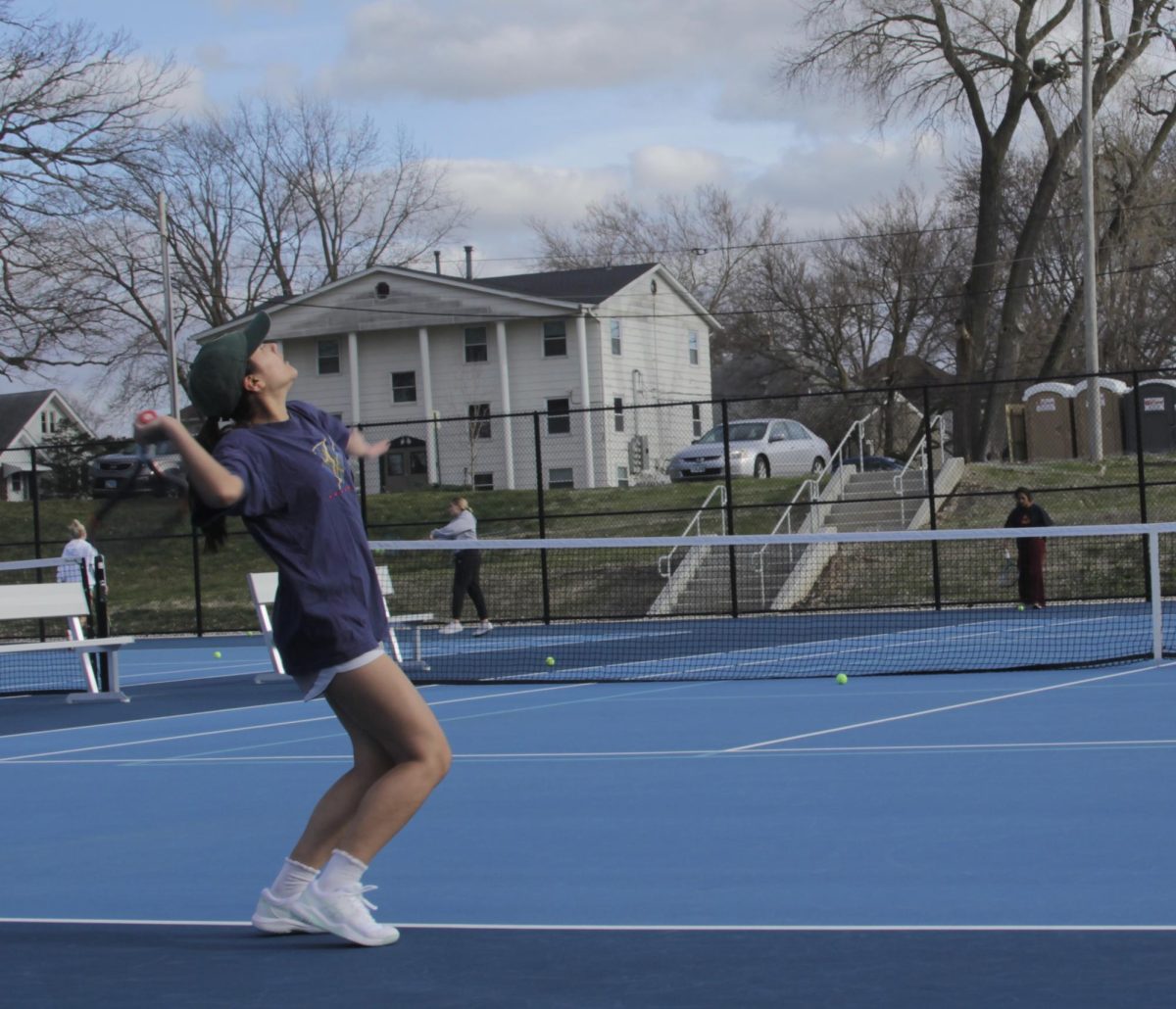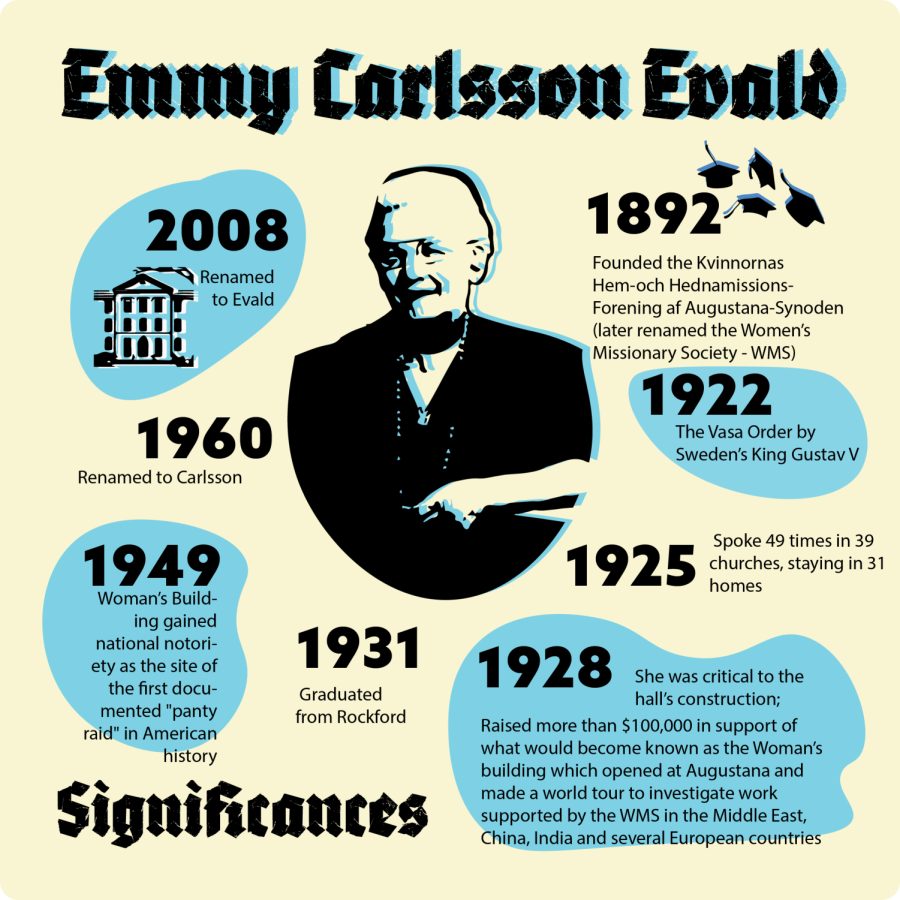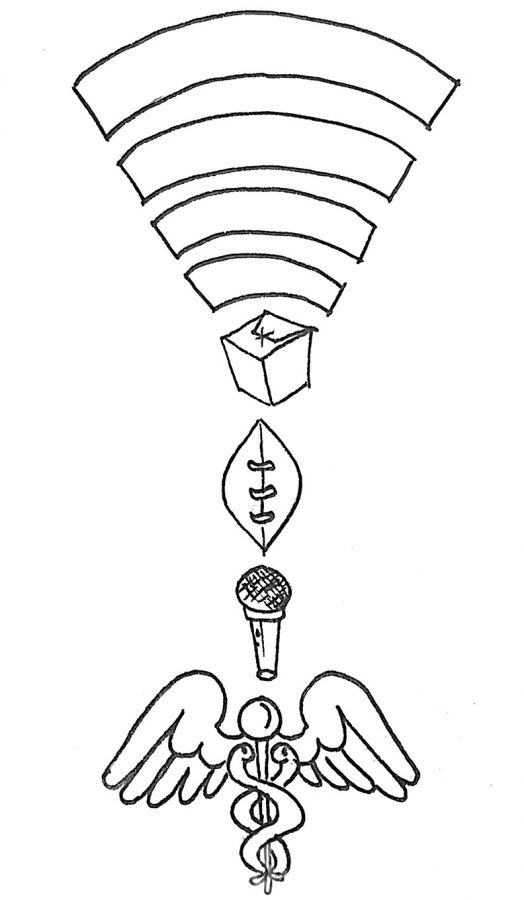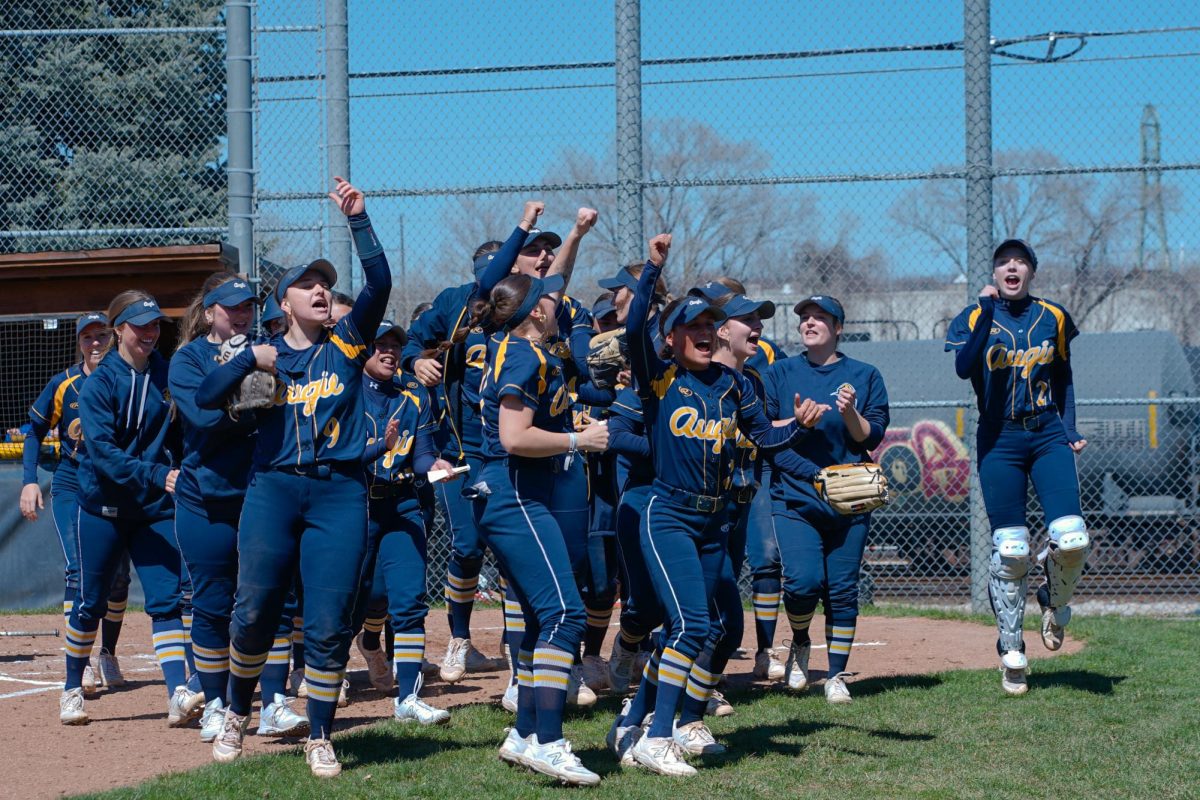Giving the United States a “goal” to appreciate soccer more
Augustana students play soccer on the field.
November 20, 2022
As an avid fan and follower of all major North American sports (American Football, Hockey, Baseball and Basketball), I wish that soccer could be more ingrained into the American mind other than the quadrennial World Cup that is looming upon us.
It’s great to root for an underdog and all, as the United States currently has the 16th best odds to win the World Cup (+10000) in a field of 32 teams, but if the team does not perform well, viewers will merely turn their backs on the sport for another four years as they watch their favorite NFL or NBA team.
We certainly care about the Olympic Games when they air every four years, but soccer is a sport that Americans should support and follow outside of the prestigious tournament.
It’s interesting to observe why Americans do not put soccer on the same pedestal as the aforementioned sports. Obviously, it is one of those sports that Americans are (shockingly) not the best at on an international level, meaning that the perception towards it will naturally be lower.
Even though this sentiment applies to Canada’s hockey empire as well, the major American soccer league, known as Major League Soccer (MLS), has had the reputation as being a retirement home for some of the world’s better players.
Prominent global players such as Gareth Bale, Lorenzo Insigne and Javier “Chicharito” Hernandez currently have the largest salaries in MLS according to its salary guide. All three of them are above age 30 and are essentially at the end of their “prime” or elite performance as soccer is concerned.
However, that does not mean that the American league is incapable of becoming more popular and influential.
Forbes reported that the MLS’s 2022 campaign “welcomed the most fans in league history as clubs generated more ticket revenue,” alongside overall “increases in viewership, social and digital media engagement and merchandise sales.”
Most people may cite the relatively “slow” pace of play or the fact that a match can end 0-0 with no winner as deterrents that push them away from soccer. 90 minute matches with one break for halftime can be relieving in comparison to basketball and football, where several timeouts late in a half or a game can ruin the flow and pace of their games.
Soccer, like all other sports, is not bound by one’s nationality. If we are Americans, that does not mean that we have to exclusively support American teams. As a result, individuals like myself can support and follow European teams playing in England, Spain and Germany, to name a few.
While the women’s national team has been very successful internationally, winning World Cups in 2015 and 2019 for instance, the men’s World Cup appears as the greater spectacle and phenomenon for viewers to partake in. Their victories seem like an afterthought compared to the growing expectations of a newer, younger, and reinvigorated men’s World Cup roster.
If others do the same, soccer can eventually move into the established American sports canon.
This can be quite easy to accomplish, especially since the best athletes playing for the American squad play in European leagues, so one can support a player and his performance for a team outside of the country. Arguably the best American player at the moment, Christian Pulisic, plays for Chelsea in the English Premier League.
It could perhaps be a long time before we see the USA men’s team hold the trophy, and if they do it will be a momentous occasion for a country not known for its soccer talent. Until then, Americans should be more aware and conscious of the sport, appreciating it similar to other major sports.





















































































































